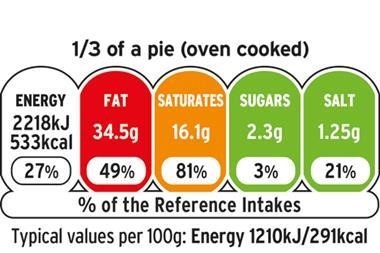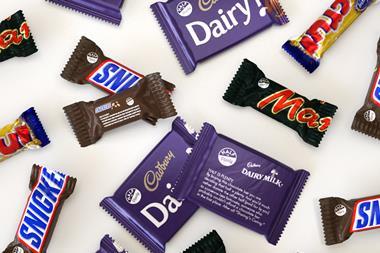The government is considering ripping up FSA thresholds used as the basis for front-of-pack traffic light labels, with proposals including the development of category-specific ratings, which could mean fewer red scores for products including cheese, mayonnaise and crisps.
Under the radical new proposals, instead of the scheme being rolled out across all foods based on existing FSA guidelines for fat, sugar and salt, products would be rated red, amber or green based on how their nutritional content compared with other products in their particular category.
The Department of Health this week revealed it had launched a major modelling exercise to assess the plans, which sources claim have attracted much higher levels of initial support from branded suppliers.
However, the DH is understood to have encountered opposition from several retailers, with all the major supermarkets having swung behind a hybrid traffic lights and GDA system. Asda described the latest idea as a recipe for confusion.
The FSA system, dating from 2007, rates products as high, medium or low in sugars, fat, saturates and salt, based on a per 100g basis. For example, for sugar, over 15g is high (red), between 5g-15g is medium (amber), and 5g or below is low (green).
The DH said it was “open minded” about tweaking the thresholds.
One alternative option would be to differentiate products based on their place in the diet - either snack, full meal or partial meal. In the case of snacks, products such as biscuits and crisps would be rated against each other, rather than the total list of pre-packed foods. It has not yet been revealed what the potential thresholds would be.
Another system being considered would involve thresholds applying across up to 20 product categories in areas where foods provide essential nutrients. Under the proposals, a reduced fat cheese product would be more likely to score an amber, or even a green, rather than a red, although again the thresholds have not been decided.
“Having a category-based approach is more sophisticated but it is also much more complex,” said British Retail Consortium deputy food director Andrea Martinez-Inchausti. “Differentiating between meal occasions is a step into the unknown but it fits with the way consumers choose products.”
A crunch meeting between industry groups including the BRC, the Food & Drink Federation and the government will be held next month to help decide which option is pursued. “There are some fundamental public health issues involved,” added Martinez-Inchausti.
A senior figure in the cheese industry who previously opposed traffic lights, said: “These plans might have advantages over the FSA model, but we don’t want to demonise any foods.”
Sign in to comment on this article
Not logged in before? Register for FREE guest access today.
You will be able to:
- Read more stories
- Receive daily newsletters
- Comment on stories
Advert

















No comments yet